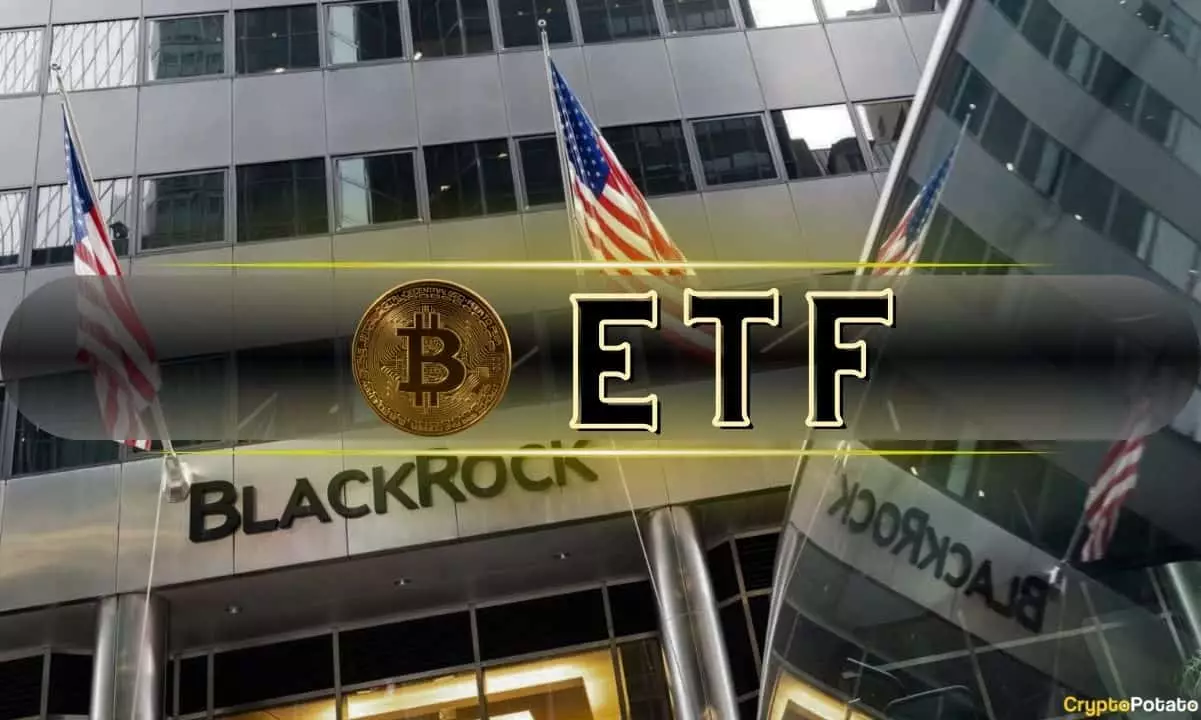On October 29, the BlackRock iShares Bitcoin Trust (IBIT) made headlines by attracting inflows of $642.9 million, a record-breaking figure since March. This surge in inflows elevated the total net inflows of Bitcoin-related funds to $870.1 million, the highest amount recorded since early June. Bloomberg ETF analyst Eric Balchunas reported that trading volume for the fund had reached an impressive $3.3 billion in a single day, signifying the largest trading activity observed in the past six months. Historically, spikes in ETF volumes are often synonymous with market downturns, though recent momentum in Bitcoin prices suggests a more optimistic interpretation.
Since its inception in January, the BlackRock fund has garnered nearly $25 billion in total net inflows, placing it fourth among nearly 2,100 ETFs launched in the last five years. This rapid growth within such a short timeframe exemplifies the burgeoning interest in Bitcoin as an investment vehicle. Nate Geraci, President of ETF Store, underscored the significance of this achievement, emphasizing that BlackRock has accomplished what many funds take years to achieve. The momentum doesn’t seem to be confined solely to BlackRock’s offering, as various prominent Bitcoin ETFs are also reporting significant increases in trading volume, indicating a potentially widespread market phenomenon.
As we analyze the inflows, one can’t help but wonder whether they reflect a genuine shift in investment sentiment or if they are merely a result of speculative behavior. Balchunas hinted at the possibility of a “Fear of Missing Out” (FOMO) frenzy, which could lead to more inflows in the days to come. This sentiment analysis is critical, especially when considering that other funds experienced varying degrees of inflows—Fidelity’s Bitcoin ETF (FBTC) secured the second-largest inflow on the same day, totaling $133.9 million, while Bitwise’s fund captured $52.5 million. However, not all Bitcoin funds benefited from this bullish sentiment; Grayscale’s GBTC recorded a $17.3 million outflow, reflecting an intriguing dichotomy in the market.
The significant inflows coincided with Bitcoin trading just shy of its all-time high, reaching $73,562 late on October 29. Though it briefly retreated to $72,500, the price remained up by 3.5% on that day, signaling a continued bullish sentiment among investors. The imminent prospect of new price discoveries for Bitcoin drives some market participants to consider the implications of these patterns. While Bitcoin embraces this potential for profit, high-cap altcoins such as Ethereum, Solana, and XRP appear largely stagnant, suggesting that the current excitement may be narrowly focused on Bitcoin rather than the broader cryptocurrency market.
As we contemplate these market developments, it is essential to monitor whether the current inflows translate into sustained investment interest or merely represent a temporary wave driven by speculative buying. The uptick in Bitcoin’s price and the inflows into ETFs signal a potential shift in investor behavior, with implications that could affect the broader cryptocurrency landscape. Investors and analysts alike should keep a close watch on the trends, as they might offer insights into the evolving dynamics of the digital asset marketplace.

